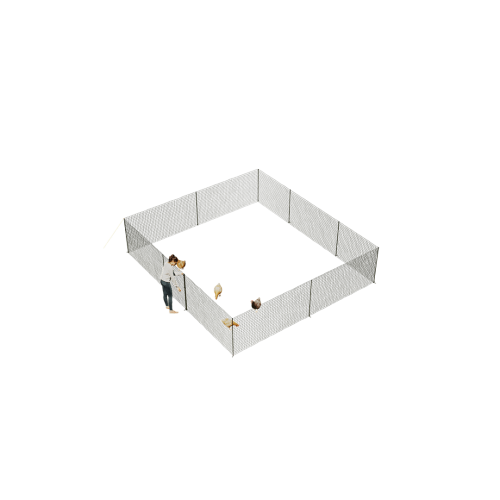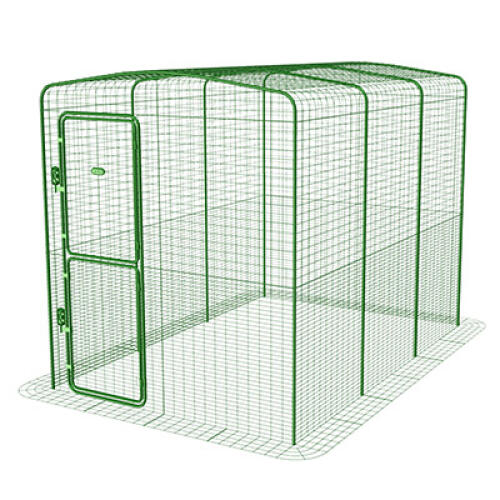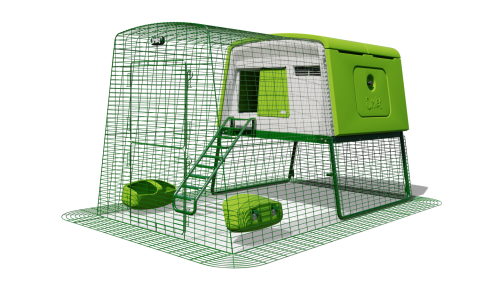There are a couple of nasty creatures that you’ll need to be on the lookout for if you’re thinking of keeping backyard chooks. There are a number of animals that are parasites to chickens – this means that they live on or in your chickens, causing them harm. A wise owner will regularly check their flock for the symptoms of parasites, as infections can cause a lot of pain and harm to your pets. This section provides detail and the symptoms of some common parasitic infections, both internal and external.
Internal
There are a variety of internal parasites that can upset your hens, and most of these are transmitted through excrement. It’s really important that you clean out your hens a few times a week, depending on the size of your coop and of your flock. Internal parasites, such as worms and tiny microorganisms, leach away vitamins and minerals that your bird would usually get from its food. This can lead to a lot of problems – your birds can look emaciated, or have problems with their digestive system. We suggest that you weigh them often, and watch to make sure that they are not suffering from diarrhoea. If their combs change colour, then this can also be a sign of malnutrition.

A chicken will spend a lot of time grooming itself - if it starts to look unkempt, it may have mites or lice
Whilst some are visible to the naked eye, it’s important to remember that a lot of external parasites are just as invisible to you as the internal ones! Chickens can contract a number of external parasites, such as fleas, ticks, mites and lice.
Fleas are large insects that jump between hosts – if you suspect that your chickens have fleas, it’s best to act quickly. Not only are fleas irritating to your pets, but they can be transmitted to humans, and other pets. Fleas will leave brown droppings on the body of your chicken. When water is applied to these droppings, they will turn bright red, for they are blood from your chickens that the fleas have eaten. Be careful about what treatments you use – some are beneficial for chickens, but harmful to other livestock and pets.
Ticks are insects, visible to the naked eye, that feed on the blood of your chickens. They will feed on your blood, too if you give them half a chance. Ticks are another parasite which is transmissible to humans, so it’s wise to be wary if you spot these animals on your chooks. We advise getting a professional to extract ticks – their mouthparts can remain stuck in the skin, causing infection long after the body has been removed. Ticks can cause the disease known as ‘tick fever’, so it’s wise to watch your birds closely if they’ve recently been bitten.
Whilst mites feed on blood, lice feed on skin. Mites and lice can be too small for the eye to see (although red mites are visible as red and black dots), but a common symptom is that of regular scratching. The feathers of your birds can also appear ruffled and unkempt.







Comments
Robyn, 16 November 2018
Hi thete, thanks for the information, but ticks are not insects, they are arachnids which inject venom via their saliva into the host. Insect repellants are not effective against many ticks, unless stated on the package. I would remove any tick on my chooks, but the paralysis tick is the one with deadly potential.